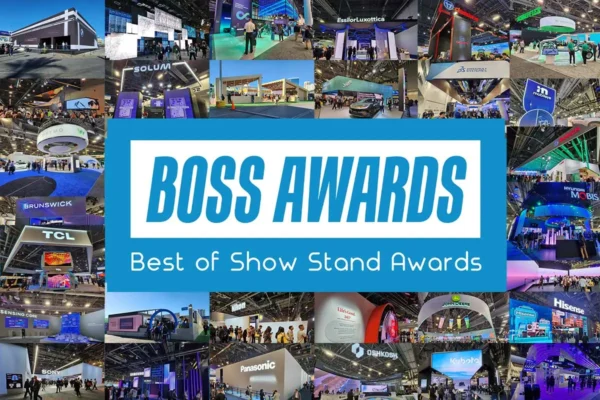The Center for Exhibition Industry Research (CEIR), which produces and delivers knowledge-based research tools, issued a report “The Role of Exhibitions in Supporting Organizational Learning: Attending for Competitive Advantage.”
“Understanding the learning preference of attendee organizations as it relates to purchasing offers invaluable insight to organizers and exhibitors who are hopeful for development of event content and marketing strategies,” said Nancy Drapeau, PRC, research director, CEIR.
Providing an overview on learning preferences and a snapshot of the prevalence of each type of learning preference, the report also gives an overview of differences in importance placed on general reasons for attending an exhibition as well as importance placed on attending for the first time.
“It’s not about how often they go but what they get out of attending, how exhibitors can maximize the organizational learning value for an attendee and which learning preferences make better prospects,” said Dr. Jeff Tanner, marketing professor, Baylor University.”
Documenting that two-thirds of attendees visit exhibitions for learning opportunities, both personal and organizational, is an earlier study from Tanner and Drapeau, “What Attendees Want from Trade Exhibitions.” CEIR’s report focuses on organizational learning as it relates to purchasing, and it is based off Tanner and Drapeau’s study.
The CEIR report defines four categories of learning preferences, ranging from those who work in locations with strong organizational learning investment and mechanisms down to those who engage in minimal organizational learning. These learning preferences are labeled as Strong, Moderate, Weak and Intermittent.
Key findings of note:
- The most common organizational learning preference of attendee organizations is Moderate, with 49 percent of attendees falling into this classification. Moderate learners place high importance on a systems approach that demands audits of purchasing and where an individual’s role in the purchase process or supply chain is clear.
- Other less common learning preferences of attendee organizations are Weak (23 percent), Strong (21 percent) and Intermittent (7 percent). Each preference influences learning needs relating to the organization’s purchasing process and reasons for attending exhibitions.
- When selecting a new exhibition to attend for the first time, on an importance scale of one to seven where 1=Very Unimportant and 7=Very Important, Moderate learners place highest importance on selecting an exhibition that offers Value for Money (5.45) and Information Relating to Current Decisions or Issues (5.26).






























